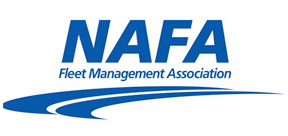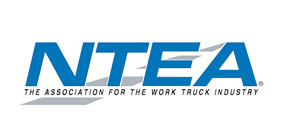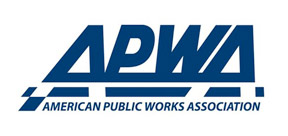Water Vision plan helps Folsom, Calif., identify future drinking water sources

While there was no particular occurrence that made the city of Folsom, Calif., begin to consider alternative drinking water supplies, its complete reliance on Folsom Reservoir encouraged consideration of other sources for the future. The Folsom Water Vision plan will help the city with water planning and management over the next 50 years.
According to Marcus Yasutake, Folsom environmental and water resources director, there have been various local discussions about resources for drinking water over the years. The city’s involvement with regional water reliability planning provided the appropriate timing to begin the Water Vision process.
The main reason for Folsom to develop alternatives for drinking water supplies is that right now, the city is entirely reliant on Folsom Reservoir. Building on the American River Basin Study, which analyzed different future climate scenarios and their impacts to water supplies within the American River Basin, the city will develop a long-term water supply plan to identify potential water supply portfolios that can mitigate impacts from a changing climate. The process includes evaluating the city’s existing water system and supplies to identify its risks and opportunities, searching for potential new water sources, developing and evaluating new potential water supplies in order to enhance long-term reliability and resiliency of drinking water, choosing a recommended future water supply and developing a flexible outline for how and when this future water supply will become a reality. Feedback from stakeholders is permeating the process.

In order to plan the most reliable future for the city’s water, Yasutake mentioned: “To develop this long-term plan to manage our water resources, the city will undergo a rigorous technical analysis coupled with an open stakeholder input process.”
There are two primary threats to the city’s drinking water supply. “One threat is that there is a single raw water pipeline that delivers water from Folsom Reservoir to the city’s treatment plant. The other threat is related to low water levels in Folsom Reservoir that can potentially reduce the amount of water that could be delivered to the city in dry or drought conditions.”
The challenge of having a single pipeline was seen in February 2009, when several hundred feet of the pipeline collapsed. The U.S. Bureau of Reclamation had to install a temporary pipe in order to deliver water to the city until the main pipeline could be fixed. The Bureau of Reclamation then had to install temporary floating pumps and pipelines in December 2015 to deliver water from the reservoir to the city.
“Due to the drought conditions that existed from 2012 to 2016, there were very low water levels in Folsom Reservoir. There was the potential that the main pipeline in the dam that serves San Juan Water District, Folsom State Prison and the cities of Roseville and Folsom could be compromised by the reservoir water level potentially being at a lower water surface level than the main pipeline in the dam if dry conditions would have persisted into mid- to late December 2015. Fortunately, these did not need to be operated due to rain events and the filling of the Folsom Reservoir, but these were available in case these were needed,” Yasutake said.
Since February, the city has hosted five of the six stakeholder group meetings. All were well attended by the public. Information about the group meetings was sent out via social media and announcements in the city’s weekly e-newsletter.
In February and March 2024, the city also conducted a public survey to gather feedback from the community regarding residents’ understanding, value and concerns about Folsom’s water supply. A website, www.folsom.ca.us/government/environmental-water-resources/folsom-water-vision, was created to update the public on the project and offer presentations and video recordings of the meetings. The final meeting was April 15.
In the public meetings, some of the main ideas presented by stakeholders and the public included redundancy in water treatment and water delivery infrastructure, water supply alternatives that include groundwater and surface water, concern about water quality when switching from surface water to groundwater, funding options including state and federal grants, and the timing and sizing of necessary infrastructure to meet water supply demands of implementation of future projects.
The city and consultant team will present the ideas to the city council this summer and receive council feedback. The council will then likely provide feedback on possible planning, design and implementation of future water supply alternatives.
Next Article: Ray-Tech Infrared: Municipalities turn up the heat




